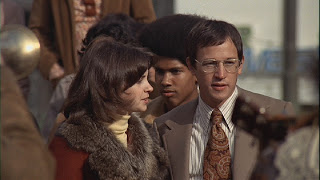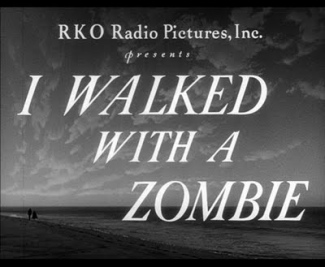
A simple definition of an earworm is a piece of music that continues to play on a loop in your mind long after it has stopped coming through the stereo speakers. “Earworm” is also the title of a talk given by philosopher Timothy Morton earlier this year at Tuned City Brussels. Morton describes earworms as independent objects living rent-free inside your head.
Earworms, A Talk by Timothy Morton
At one point in the talk, Morton considers the kind of music that attempts to instruct or provide critique. That’s the kind of art that wants to upgrade your consciousness, make you a better person, make the world a better place. If you looked across the landscape of art and music that takes “upgrade” as its mission, it’s rare you’d find an earworm. Generally the earworm is not considered serious enough to be encouraged to find a home in this soil. Critical pesticides keep the earworms at bay; rather it’s in popular music that you’re more likely to become infected.
Laurie Anderson’s “Difficult Listening Hour“
Good evening. Welcome to Difficult Listening Hour. The spot on your dial for that relentless and impenetrable sound of Difficult Music (Music). So sit bolt upright in that straight-backed chair (Music), button that top button (Music), and get set for some difficult music.
The earworm is not necessarily viral, moving from ear to ear. But all of us have seen it happen. The song of the Summer gets a hold in your mind and it won’t let go. You unconsciously start humming the hook, and the earworm suddenly blooms in the mind of the person next to you. Many times it’s not even a song we like, it’s just that the hook it too catchy to resist. We can’t make it stop. This is why Morton sees the earworm as an independent object, something that’s not you but nonetheless inside you.
Shortly after listening to Morton’s talk I was infected by a song called “I Can’t Go for That.” The song was released in 1981 and in 1982 it took the number one spot on the Billboard Hot 100, the R&B / Hip Hop Chart and the Dance Club Chart. It’s a rare song that crosses over from the pop charts to the R&B charts. It made no impression on me at the time.
At the “We Are the World” sessions, Michael Jackson told Daryl Hall that he’d lifted the bass lick from “I Can’t Go for That” for his mega-hit “Billie Jean”. Jackson loved to work out his dance routines to the song and he eventually worked it into a song of his own. One earworm turns into a new earworm. Hall told Jackson that he did the same thing when he wrote the song.
I Can’t Go For That (No Can Do)
Lyrics: Daryl Hall, John Oates, Sara Allen
Music: Daryl HallEasy ready willing overtime
When does it stop, where do you dare me to draw the line
You got the body now you want my soul
Don’t even think about it say no go
Now i’ll do anything you want me to
I’ll do almost anything that you want me to
But i can’t go for that
No can doI can’t go for being twice as nice
I can’t go for just repeating the same old lines
Use the body now you want my soul
Oo forget about it say no go
Yeah i’ll do anything you want me to
I’ll do almost anything that you want me to
But i can’t go for that
No can do.
The strange thing about “I Can’t Go for That” is that it’s a song about saying “no”. It’s about limits and entanglement. The music seems to ecstatically say “yes”, but the words and especially the hook say “no” — there are limits. It has the funny syntax of Samuel Goldwyn’s saying “Include me out”. It’s the most positive way of saying no.
Perhaps it’s because I heard the song in the shadow of a talk by Tim Morton, but suddenly it seemed to be a song about global warming. It describes our deep entanglement with the machinery of the anthropocene and the moment where we realize that a limit has to be set. We have to say “no”.
The song is more than 30 years old, but it has legs. It still has the power to spawn earworms. And now when it plays in your head, you’ll remember that’s it’s a song about global warming and changing the relationship between humans and the earth. It will play on a loop in your head until your consciousness is upgraded. The song was born into the high glitz of the MTV era, but the hook has been strong enough to survive and transform itself through time and into many different styles.





